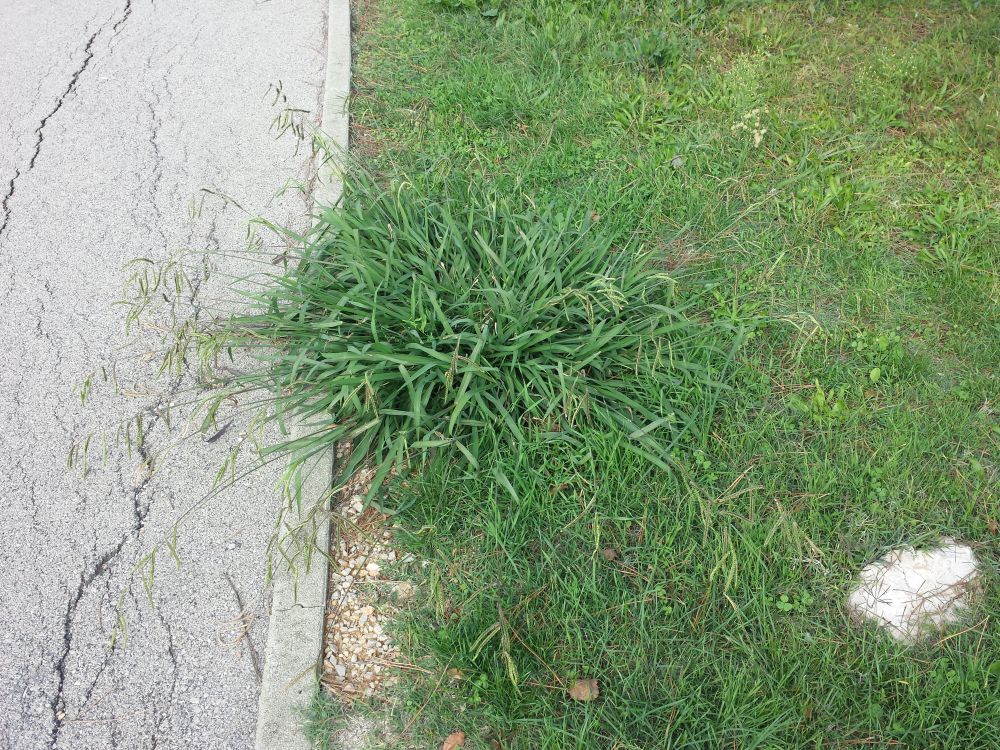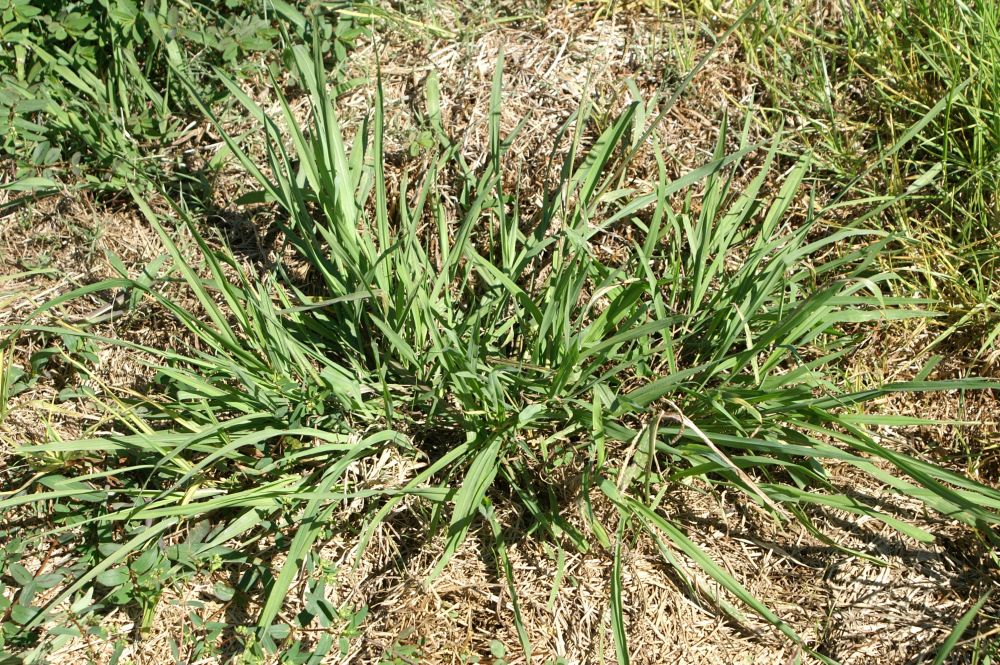Dallisgrass Weed – How to Get Rid of Dallisgrass
For many people, gardening is more than just a hobby. It’s a passion. So when you ask someone who takes their gardening seriously about the most annoying aspect of gardening, weed invariably tops the list of their grievances.
Dallisgrass is one of those weeds that encroach on the land, ruin the landscape, and stick out like a sore thumb. Whether you want to keep a well-manicured lawn, or you have sensitive flowering plants that need extra care, the first sighting of the dallisgrass clumps in your garden puts an end to those plans. So how do you control this pesky weed and prevent it from spoiling your landscape? Read on to find out all you need to know about the dallisgrass weed and how to control it.
Identify the Dallisgrass Weed
You can’t miss the coarse leaves and unsightly clumps of dallisgrass weed when you see them. Even though the weed is a native of Uruguay and Argentina, botanist A.T. Dallis became enamored with the tufted perennial grass for its lush green leaves and fast growth. It was Dallis who first introduced the dallisgrass (Paspalum dilatatum) to the southern parts of the United States in the 18th century.
From there it spread across the country and now can be found as far north as California. Even though it was mainly used in foraging pastures, somehow the weed made its way into every lawn, garden, and grassy knoll one comes across. The weed has distinct shallow rhizomes and leaf blades about half an inch wide. Dallisgrass tends to grow at faster rates than other weeds.
It’s easy to identify the clumps of dallisgrass with the concentric rings that cover its short stems. Another distinguishing feature of the dallisgrass is that the center of the clump tends to die even as the edges keep growing and spreading. This is different from other grasses which also form clumps like the crabgrass. When a bunch of dallisgrass clumps joins up, they form an unsightly planting with a rough texture that degrades the quality of the turf.
The Life Cycle of Dallisgrass
The life of the dallisgrass weed starts with a seed. The plant produces copious amounts of seeds and relies on humans, animals, and bodies of water to carry the seeds to new areas where they take root and grow at alarming speeds.
The seeds need moderate to high temperatures to grow. So both the spring and summer are the optimal seasons of growth. The soil needs to be around 60 degrees Fahrenheit and the air to be between 80 and 90 degrees Fahrenheit for the seeds to germinate. The higher the temperature, the more rapid the growth of the weed. Once the seeds dig their roots, the rhizomes appear and soon sporadic clumps of weed show up on the lawn.
Water is another factor that facilitates the spread of dallisgrass. This is why soaked turfgrass and drain ditches are the natural habitats of the weed. But that doesn’t mean that it wouldn’t grow in sandy or heavy soil. As a weed, the dallisgrass is very adaptable and has a high tolerance for drought. Even frigid temperatures and frost won’t dampen its appetite for growth.
The Impact of Dallisgrass on your Garden
It goes without saying that dallisgrass with its coarse leaf blades and unsavory clumps is the last thing you’d want to see in your garden or lawn. The dead heart of the clump along with the odd formation the weed evolves into go against everything you strive to achieve in your garden. In fact, the impact of dallisgrass goes beyond optics and aesthetics.
- Dallisgrass weed competes against other plants and flowers for food and water.
- Due to its fast growth rates, it will eliminate other turfgrasses and destroy the landscape.
- The dead center of the clump becomes fertile grounds for other unwanted weeds.
- Dallisgrass clumps are a hazard in playgrounds and might cause injuries especially among children.
- The flower stalks of dallisgrass are not easy to destroy and even mowing will not eliminate them.
- Once dallisgrass invades a lawn or a garden, it’s hard to get rid of it. The ugly clumps give the lawn a rough and unkempt appearance.
How to Manage and Control Dallisgrass Weed
In most cases, the best way to control dallisgrass weed is to keep it from taking root in your garden in the first place. Once the weed strikes, it’s really hard to manage it and you’d have to go to extreme lengths to eradicate it from your garden or lawn. Even one rhizome left behind is enough to grow and spread over time.
Chemical Control
The most common and effective way to fight and kill the dallisgrass weed is to use herbicides. Here you have two options. Either use pre-emergent herbicides that are effective against the spread and germination of seeds or post-emergent herbicides that target the clumps themselves.
- Pre-emergent Herbicides: You can use herbicides such as DCPA, oryzalin, and bensulide to stop the seeds of dallisgrass from germinating and starting new plants. This is an important step to prevent the weed from spreading on established turfs. The best time to apply pre-emergent herbicides is in late winter or early spring around the time the seeds germinate. Make sure to irrigate the soil after application to help the turg absorb the herbicide.
- Post-emergent Herbicides: You can either use CMA or MSMA herbicides to kill dallisgrass weed that’s already growing in your garden. Apply the herbicide between 2 and 3 times a week for maximum effect. Unlike pre-emergent herbicides, you don’t need to irrigate the soil after application to avoid diluting the chemical. It is also recommended you stop using these herbicides in hot weather since they could damage the turfgrass.
Cultural Control
While the chemical methods are effective, they’re not always the best course of action to take when you consider their impact on the environment as well as the turfgrass and other plants in your garden. So you might have no option but to get your hands dirty and go on a full-scale war with the invading weed. This assault is four-pronged.
- Digging: You have no other way but to dig the soil, pull the clump of dallisgrass weed out by the root, and physically remove it from your garden. Keep in mind that the seeds will be left behind so you need to cover the digging with thick layers of mulch to prevent another outbreak.
- Mowing: When you mow your turfgrass you make it harder for the dallisgrass to spread. This will not get rid of the perennial weed, but it will keep it under control until you figure out what other methods to use to exterminate it.
- Mulching: Dallisgrass takes root and flourishes in bare patches where turfgrass isn’t well established. So you can prevent the growth of dallisgrass by covering any open areas with organic materials. This of course doesn’t kill or even impact a fully developed dallisgrass clump. It’s only effective against the seeds.
- Using Tarp: If you run out of options or find that digging the clumps out is not ideal, then a less invasive method can be effective as well. You’ll need to trim off the top of the weed to stunt its growth. Then cover the whole infected patch with a thick layer of tarp or landscape fabric. Leave it there for a few days for the dallisgrass clumps to wither and die.
Prevention
Just like a disease, dallisgrass weed infects and spreads into new gardens and lawns through seeds. A lawnmower that was used to mow an infected lawn will carry the seeds to your garden. So make sure to clean the mower thoroughly after you use it or lend it to someone. The seeds of dallisgrass also might contaminate sod or turfgrass seed. So before you apply the fresh layer of sod in your garden, inspect it to make sure it’s dallisgrass-free.
The same care should be taken when using sod from contaminated areas to patch holes or bare spots in your garden. It’s also worth mentioning that healthy turfgrass is itself the best defense against the spread of dallisgrass. These cautionary measures can save you a lot of trouble down the road and keep your garden free from dallisgrass clumps.

